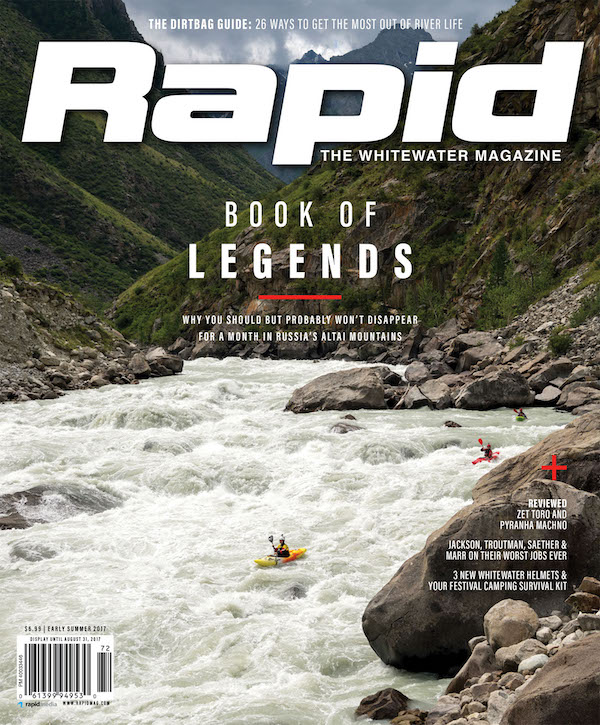In the middle of summer, I received a request from Sogndal Lodge in Norway to create three signature shots for three of their main activities. One of them was kayaking and we agreed on doing a typical shot of a kayaker descending a spectacular drop or rapid.
During the planning, while I was looking to find athletes and a location, I decided I would rather put a lot of extra effort in and try to expose a side of the drop I hadn’t seen before—what happens in the moment between when the athlete hits the surface and when he emerges again.
I asked four kayakers to join me to help and inspire each other. As a photographer, I am completely dependent on the knowledge and talent of the athletes, so their input is always of great value. My job is to tear the motion and gesture out of context and maybe even ask the athletes to perform an action that may not be technically correct or even realistic. The athletes’ presence helps make sure the image is aesthetically pleasing while honoring the sport.
Engaging in this shoot required days of trial and error, lying in ice-cold water with the current swiping me everywhere except where I wanted to be. It meant that the chance of not getting the shot I was looking for was pretty likely, but on the other hand, there was potential to end up with a result that stood out from the rest.
At the end of day three in ice-cold water, the magic finally happened…
We ended up shooting for three days. Nothing turned out the way I wanted during the first two. One of the main challenges was that the kayak didn’t go deep enough into the water to show in a part of clear water I had highlighted with the strobes. We finally got it to work by filling the kayak more than halfway full of water and descending not in the center, but on the side of the drop. Once the kayak went too deep and hit the rocks just 20 centimeters in front of me.
Since I had only one shot for each try, I needed to know approximately when I could expect the kayaker to breach the surface for the split second he was underwater. The easiest way was to tie a rope to my waist, which they rocked three times to signal ten seconds until impact.
Each day I learned what worked and what didn’t. During the process the production progressed significantly as I learned from my errors. At the end of day three in ice-cold water, the magic finally happened and all the elements came together exactly as I wanted.

Subscribe to Paddling Magazine and get 25 years of digital magazine archives including our legacy titles: Rapid, Adventure Kayak and Canoeroots.


